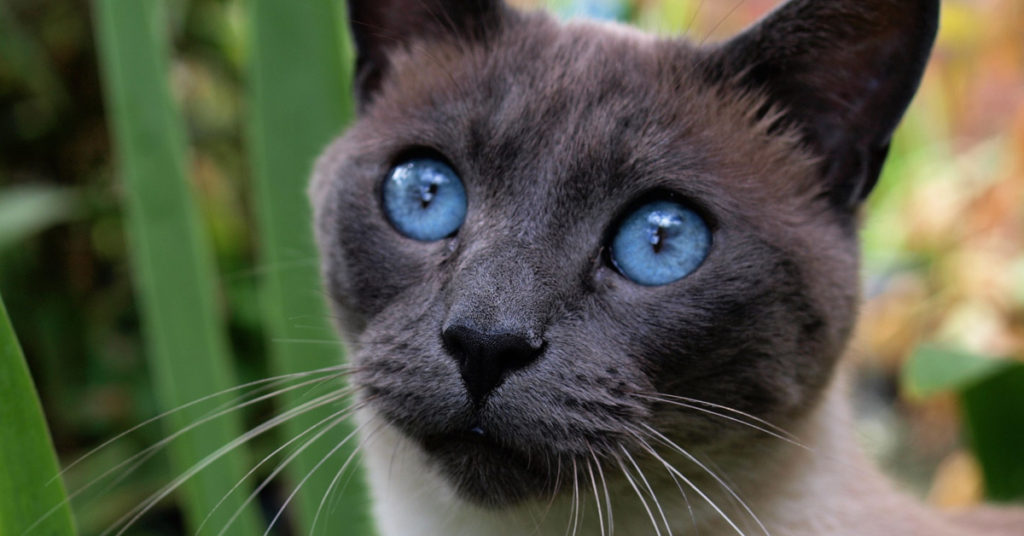We usually think of diabetes as a human disease. But it’s becoming more prevalent in dogs and cats.

Diabetes in Dogs
Diabetes in dogs is usually classified as Type 1, where the body is not producing enough insulin, a hormone crucial to metabolism. Untreated, diabetes mellitus (DM) can be fatal.
Female dogs are twice as likely to develop DM than male dogs, as are older dogs, aged 7-9. Certain breeds are more predisposed to DM, including:
- Australian terrier
- Beagle
- Bichon Frise
- Cairn terrier
- dachshund
- Keeshond
- miniature pinscher
- poodle
- Samoyed
- Schnauzer
Diabetes in Cats
One in every 200 cats may be affected by DM. More male cats have DM, as well as cats aged 8-13 and Siamese cats.

Signs of Diabetes in Dogs and Cats
- Always thirsty
- Always hungry
- Urinates frequently, or urinates in the house/outside of litter box
- Good appetite and possibly overweight, yet continually loses weight (particularly over the back)
- Cloudy eyes (dogs only)
- Dry or dull coat
- Poor skin condition (such as excessive dandruff)
- Blindness
- Weakness
- Lethargy
Treatment
Dogs and cats with diabetes usually require life-long insulin injections, careful bloodwork monitoring, and frequent re-evaluation.
Further Reading
For more information about diabetes in cats, read our article, 5 Reasons to Test Your Cat for Diabetes.


